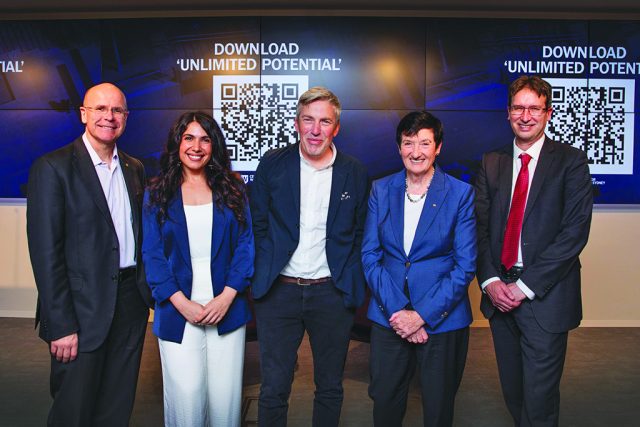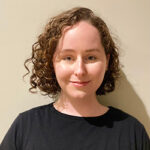
An ambitious new report has revealed the steps western Sydney must take to become Australia’s next economic powerhouse – or risk falling behind.
Launched last week in Parramatta, Unlimited Potential: Western Sydney’s Economic Strategy details a plan to deliver higher incomes, better job opportunities and an improved quality of life for residents out west.
Western Sydney University’s (WSU) Centre for Western Sydney strategy, which aims to transition western Sydney to a ‘core’ economy, is expected to raise gross regional product from $199 billion to $379 billion in 2036.
It would result in a projected $20,000 annual income boost for the average western Sydney resident, reduced travel times to work, and an increased likelihood of securing professional roles and holding a bachelor’s degree.
But at the heart of the 30-year economic blueprint, Professor and Centre for Western Sydney Executive Director Andy Marks says, is letting the people of western Sydney have control over what happens in the west – not people in Canberra or Sydney.
“There’s been a lot of plans written about western Sydney, very rarely though does western Sydney get to take charge of its own destiny and that’s really the motivation for this report,” Marks told Parra News.
“It sets six major leaps that we think are needed to get western Sydney not just caught up with the rest of Sydney, but to actually really leverage western Sydney in Australia’s interests.”
Those six ‘leaps’ include creating a 30-year infrastructure agreement – taking the politics out of transport, housing and social infrastructure funding – and establishing a western Sydney infrastructure advisory council.
“Western Sydney becomes politicised. We become the focus of Governments at election time, we get their attention when they need us and for the rest of the political cycle we are not at the table,” Marks added.
“In many respects, the US election is a warning to all major parties in Australia that you need to be paying attention to the needs of communities like western Sydney all of the time, and not just during elections.”
The report also highlights how western Sydney has undergone incredible acceleration in recent years in terms of population and economic growth, but is being held back by a lack of funding for physical and social infrastructure, as well as industry development, which has not kept pace with population growth.
As a result, western Sydney remains a peripheral economy compared to the Sydney CBD and eastern regions, reflected in a jobs-to-worker ratio well below 1:1.
Calling Parramatta the “poster child” of the west, Marks said the city shows the huge potential western Sydney has – as long as it receives the funding it deserves in the years ahead.
“The beauty of western Sydney is that it’s not five or six cities like Parramatta, it’s six different cities and they all deserve the chance to grow like Parramatta – but not to be like Parramatta,” he said.
“Bankstown will be a distinctly different city, just as Blacktown, Penrith and Campbelltown will be, and that again happens if you allow local representatives to take charge of infrastructure funding.
“We’re not getting that now because decisions are being made by people outside of western Sydney who use a cookie cutter approach to planning.”
To see the full report, visit http://www.westernsydney.edu.au/unlimitedpotential.

Ellie Busby
Ellie Busby is a news reporter for Western Sydney Publishing Group. A graduate of the University of Hertfordshire and Western Sydney University, she is a journalism Major. Ellie has worked with Universal Media, The Cova Project and for a range of other projects.
